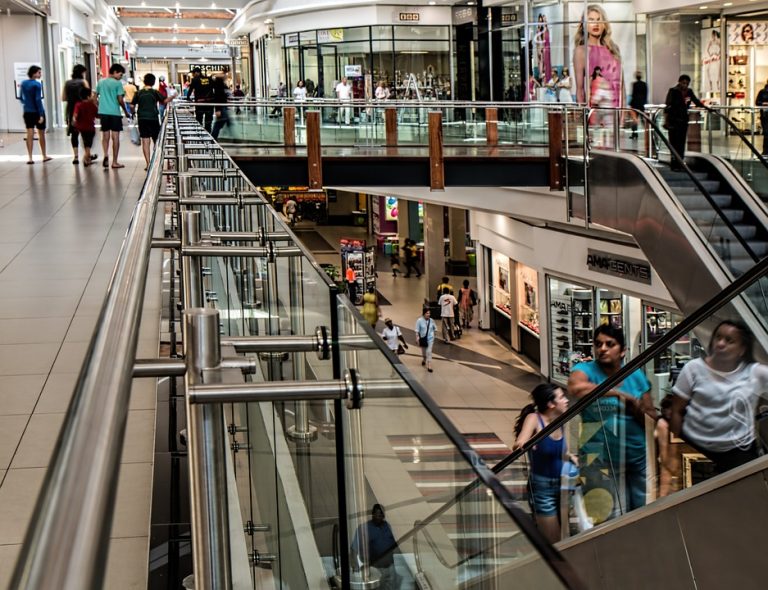Traditional shopping malls haven’t been doing so hot for the past decade or so, and the pandemic has only accelerated their decline. So what’s going to happen to all that real estate? Some are left to fall into creepy disrepair, while others have been repurposed in creative ways that makes use of the large spaces.
From shopping center to health care center
With their plethora of space and ample parking, empty and near-empty malls across the country are being converted into vaccine supercenters. County health departments, like the one in Moorestown, New Jersey, are paying mall operators to use the space to vaccinate thousands every day. We may begin to see a growing number of health care centers permanently hold space in malls. A 2019 JLL Research report found that health care providers are looking for centrally located space with ample parking and ease of use. Malls may the perfect solution for health care providers looking to make the switch from in-patient care in hospitals, to out-patient care.
The rise of mixed-use malls
Ever wonder why every mall in the U.S. seems to have a Sears and a Cinnabon? That’s because malls are formulaic; if you’ve seen one, you’ve basically seen them all. Specialty retailers that once existed alongside anchor stores like Macy’s are filing for bankruptcy resulting in a less diverse shopping experience. If plummeting foot traffic is any indication, this is not what customers want. Some malls are being transformed into mixed-use centers, with an emphasis on community and experience. Department stores are being traded in for cultural centers, libraries and museums. For example, two years ago Scottsdale Fashion Square in Arizona became home to interactive art venue Wonderspaces, where a Harkins Theatre once operated.
Yesterday’s mall, today’s Amazon fulfillment center
The nation’s largest mall operator, Simon Property Group Inc., has been in talks with Amazon about converting mall space into fulfilment centers for the e-commerce goliath. Malls being converted into warehouses has a potential downside for cities, Modern Retail reporter Anna Hensel points out. Cities could lose a valuable source of sales tax and potential tourists looking to shop. Converting a mall to a warehouse can change a city’s entire ecosystem, and if it catches on, could alter American shopping patterns forever.
Reporter’s takeaway
Do you have a mall in your community that’s mostly empty or has been shut down entirely? You can find out what might happen to the mall by doing some digging to figure out who has acquired it. It’s likely owned by a development company, many of which have online portfolios that can provide insight into their plans for the structure.
You can also check out who has filed for Chapter 11 bankruptcy. Bankrupcy cases, unless sealed, are typically available to the public. Searching your state’s bankruptcy court website can give you some reporting ideas. To cross-reference, you can search up the business’ name in your state’s corporation commission database. That can give you information on who owns the business, it’s associated address and when it was registered.
If the mall is still open, try asking around. In a lot of cases employees and shop owners have some insight into plans for the structure. Always check out the claims and get confirmation.










